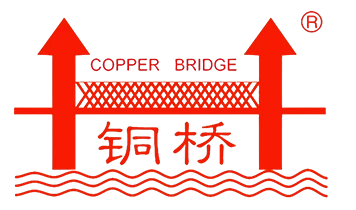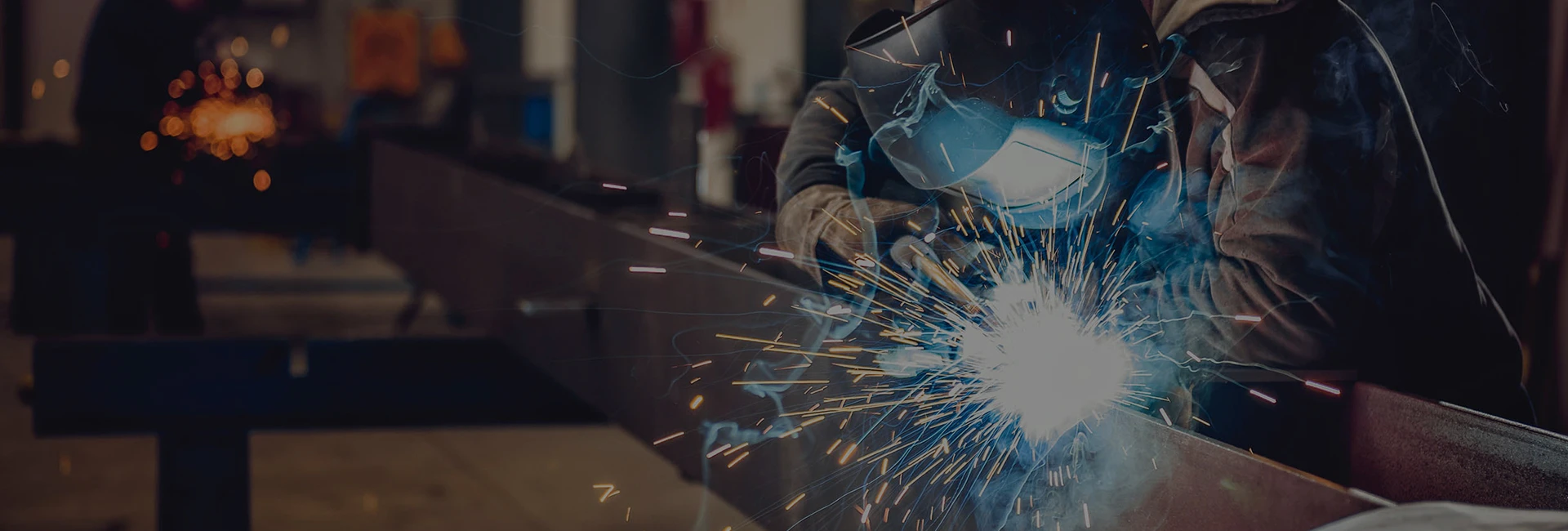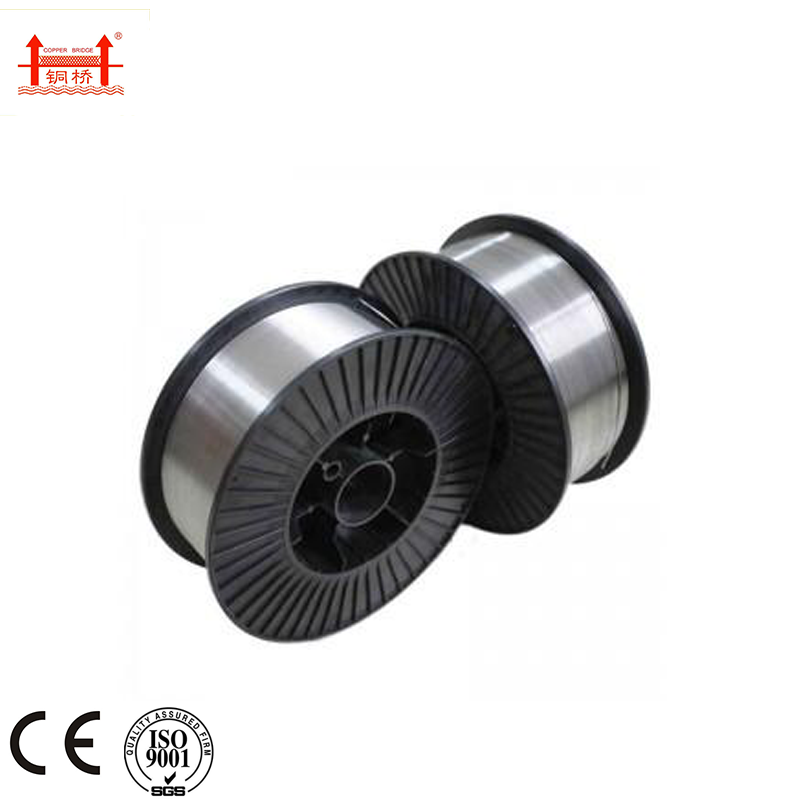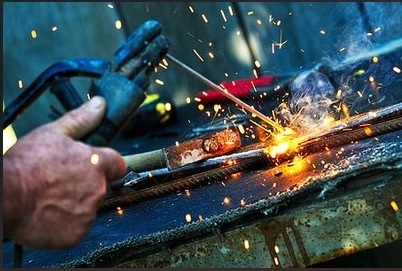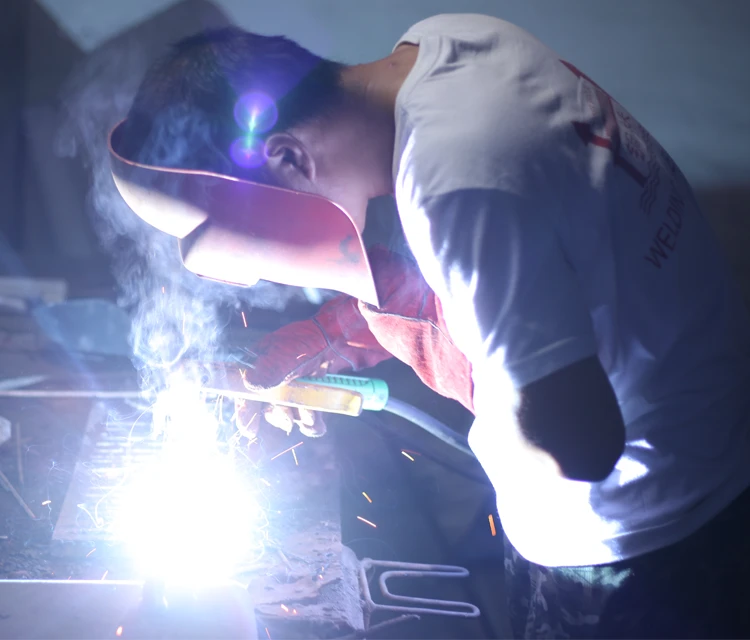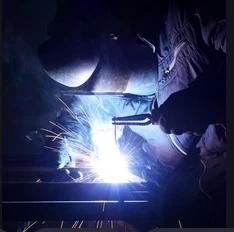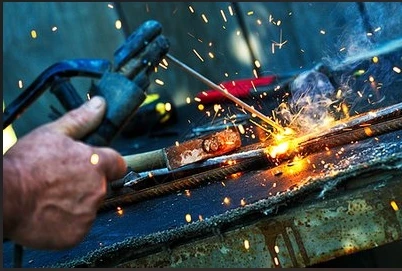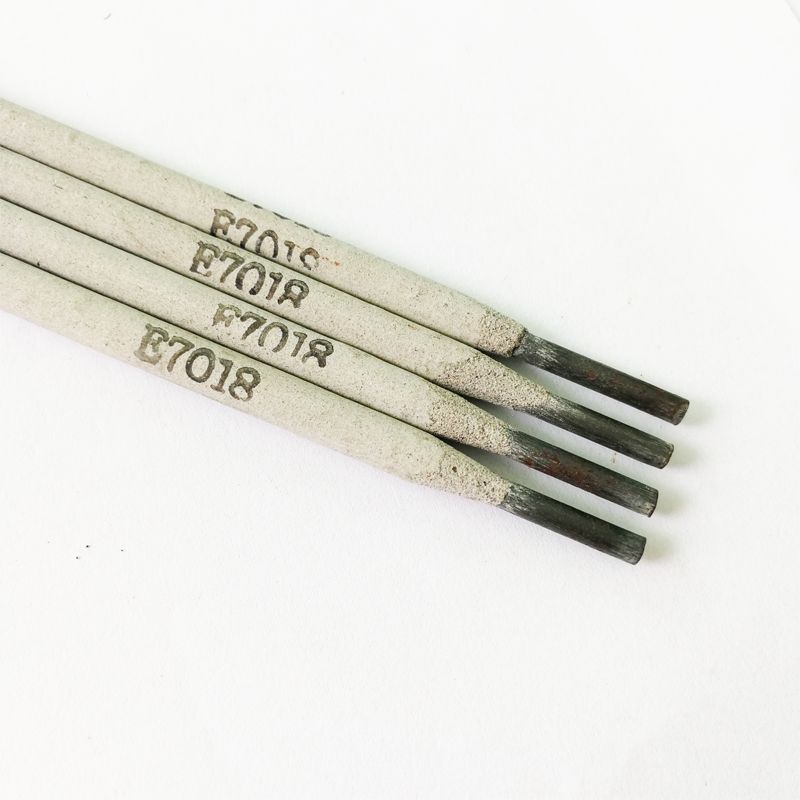Comparing Electrode Types: 6011 vs 6013 vs 7018 Welding Electrodes
Nov . 14, 2025 17:00
Choosing the Right Electrode: 6011 vs 6013 vs 7018
Having spent a fair few years in the industrial equipment sector, I’ve seen how a seemingly small decision — like the choice between a 6011, 6013, or 7018 welding electrode — can seriously impact the quality and efficiency of a job. At a glance, those numbers might look just like labels, but they’re really packed with meaning for welders, fabricators, and engineers alike. Honestly, once you start digging, it feels a bit like diving into a secret code that dictates how metal melts, binds, and ultimately holds together under stress.
Let’s break it down. The 6011 electrode is sort of like the tough all-rounder of the trio. It’s known for deep penetration, which means it’s great for welding through surface rust, dirt, or other rough conditions. Many engineers and pipeline welders swear by it because it basically doesn’t mind dirt or less than perfect prep. On the flip side, the 6013 electrode is a bit more... refined? It offers a smoother arc and cleaner weld appearance, but doesn’t penetrate as deeply. It’s often preferred when welders want neatness without compromising on decent strength — think automotive sheet metal or light fabrication jobs.
Then there’s the 7018, practically the gold standard if you ask most pros. It's low-hydrogen, which reduces cracking in critical structural welds, and it delivers a strong, durable bond with good appearance. However, it demands a bit more care — it likes to be stored properly (dry, no humidity) and requires steady hands during welding. Not every shop can afford the “care and feeding” this electrode needs, but when done right, it pays dividends.
Key Specifications of 6011, 6013, and 7018 Electrodes
| Electrode Type | Current Type | Penetration | Suitable Materials | Typical Use |
|---|---|---|---|---|
| 6011 | AC and DC | Deep | Dirty or painted steel | Maintenance, pipelines |
| 6013 | AC or DC (less common) | Shallow to moderate | Clean sheet metal | Light fabrication, automotive |
| 7018 | DC+ | Moderate to deep | Steel requiring strong welds | Structural, pressure vessels |
Thinking back, I remember a fabrication shop I visited a couple of years ago where the foreman was switching between electrodes based on the job stage — 6011 for initial root passes on rusty pipe sections, then 7018 for the finishing layers. It was an elegant workflow solution that minimized rework and increased confidence for inspectors.
Vendor Selection: What to Watch Out For
Besides the electrode specs, the vendor behind them also makes a difference. Jinlong Welding Electrode is one name that often surfaces in conversations, known for quality control and consistent batch reliability.
| Vendor | Product Range | Quality Assurance | Global Reach | Price Competitiveness |
|---|---|---|---|---|
| Jinlong Welding Electrode | 6011, 6013, 7018 + specialty | ISO certified, batch tested | Strong Asia & Europe presence | Mid-range, good value |
| Vendor B | Limited range | Basic QA | Regional (US focused) | Lower price, variable quality |
| Vendor C | Wide range incl. niche electrodes | High QA, premium | Global | Premium pricing |
It’s funny — you rarely hear about the electrodes themselves being the bottleneck in productivity issues (it’s usually operator skill or procedure), but when a batch of rods acts up? The whole line grinds to a halt. That’s why I’m always a bit picky about my suppliers.
Wrapping It Up: The Real Differences Matter
So, what’s the takeaway? The 6011 electrode is your go-to when conditions aren’t ideal and you need solid penetration. The 6013 makes your life easier with smoother, cleaner welds on thinner, cleaner metal. And the 7018? Well, if you want strong, crack-resistant welds in structural steel, it’s the champion — but don’t treat it like a throwaway item. Store it right, use it right, and it’ll reward you.
Next time you’re picking electrodes from your shelf, just pause for a moment. Those numbers tell a story — the story of heat, metal, and what keeps things standing upright. And if you want consistent quality from a trusted maker, check out Jinlong Welding Electrode — they’ve got a range that I’ve seen reliably deliver in the field.
Anyway, that’s enough electrode talk for today. Back to the grind...
References & notes:
1. Welding Handbook (American Welding Society), 10th Edition, 2018
2. Field visits & interviews, Fabrication Industry, 2019–2023
3. Jinlong Welding Electrode Official Website
Related Video


